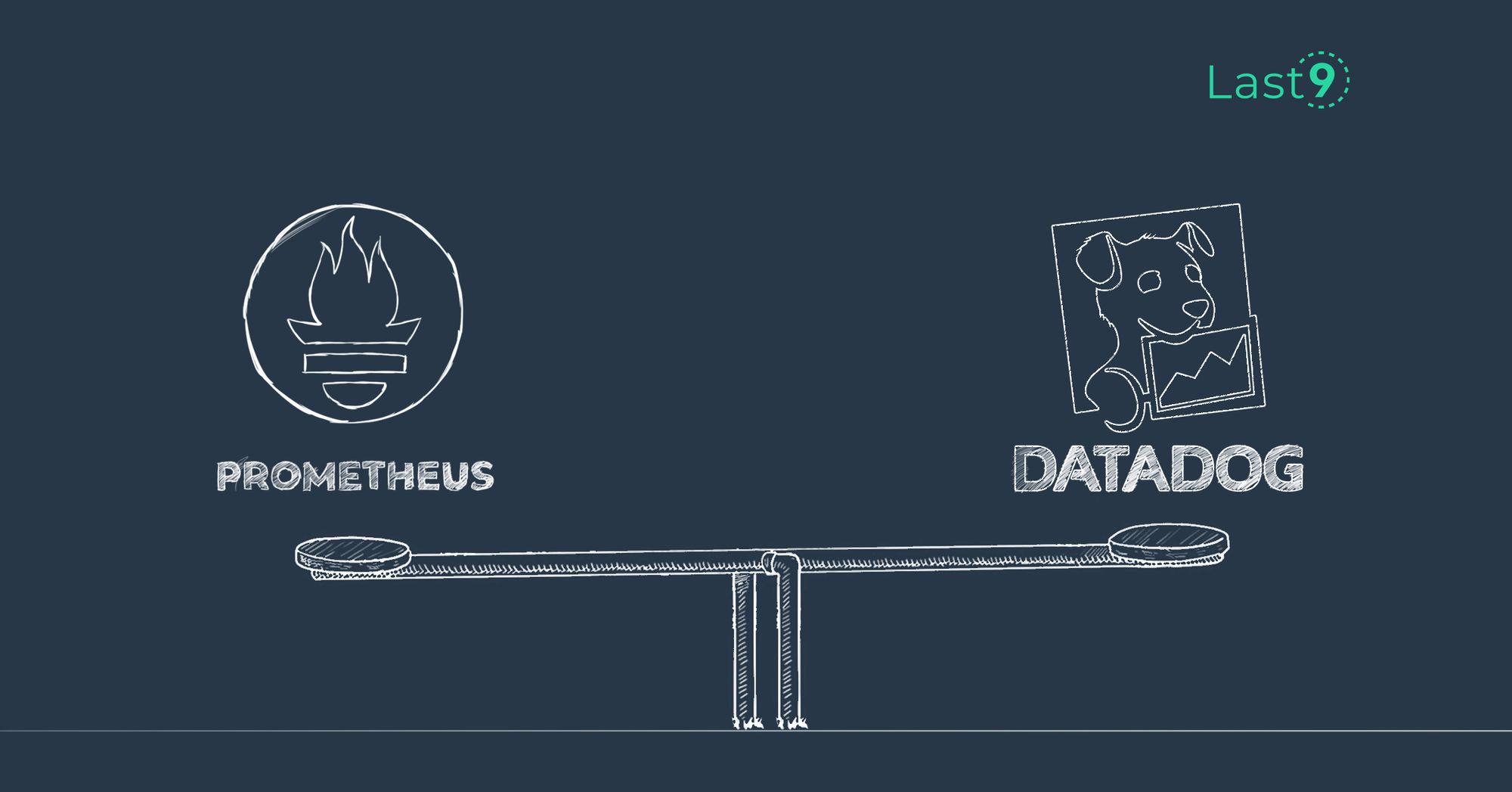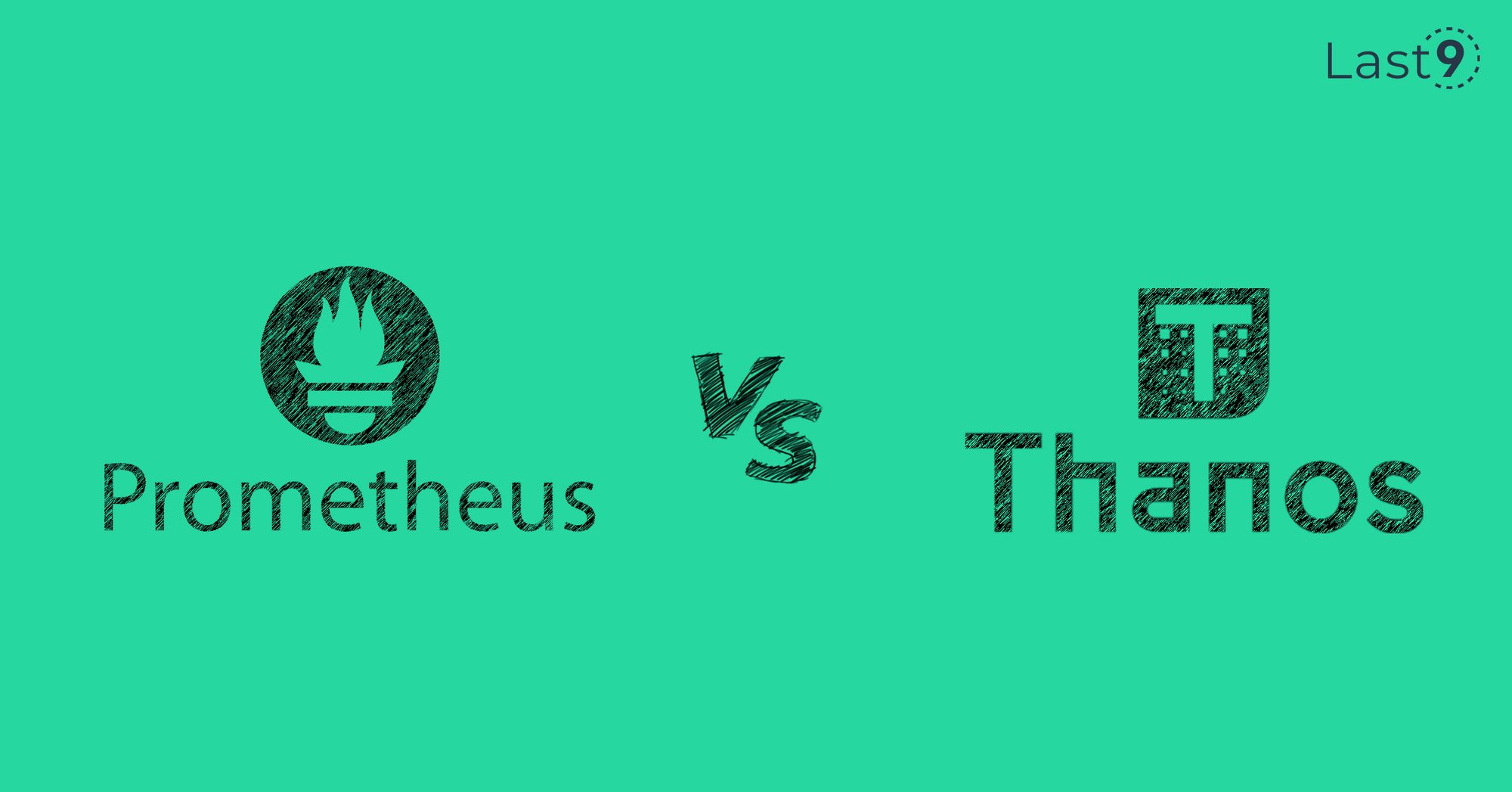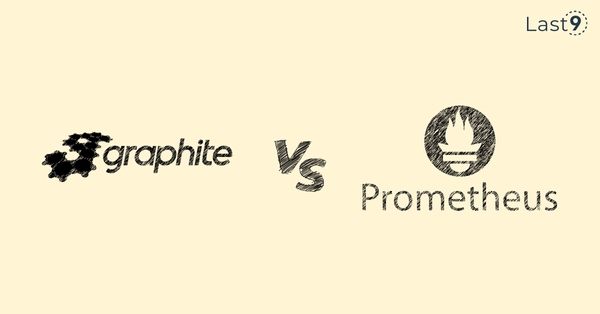OpenTelemetry and Prometheus serve different roles in the observability ecosystem. OpenTelemetry is a standardized framework for instrumenting applications and collecting telemetry data. Prometheus is a monitoring system designed for time-series metrics collection and alerting.
This blog explores their key differences, use cases, and integration strategies to help you choose the right one.
What is OpenTelemetry?
OpenTelemetry is an open-source observability framework that provides a standard way to collect, process, and export telemetry data—traces, metrics, and logs—from applications and infrastructure. It defines language-specific SDKs, a unified data model, and extensible components like the OpenTelemetry Collector to build vendor-agnostic pipelines.
Unlike Prometheus, which pulls metrics from endpoints, OpenTelemetry typically uses a push-based model where telemetry data is exported to backends or collectors. With support for auto-instrumentation in major languages, it simplifies adoption without requiring invasive code changes.
What is Prometheus?
Prometheus is an open-source monitoring system optimized for time-series data. It operates using a pull-based model, regularly scraping metrics from endpoints exposed by applications or services. Collected data is stored in its built-in time-series database and can be queried using PromQL, a purpose-built query language for metric analysis.
Prometheus also includes a flexible alerting mechanism and is widely adopted in cloud-native environments especially Kubernetes—where it's often paired with tools like Grafana for dashboarding and visualization.
OpenTelemetry Advantages
OpenTelemetry offers a unified approach to observability by collecting traces, metrics, and logs through a single framework. This enables consistent telemetry across services and better correlation between signals.
Because it’s vendor-neutral, OpenTelemetry allows you to send data to a variety of backends—including Last9, Jaeger, or commercial APMs without being tied to a single provider. This makes it easier to adapt your observability stack over time.
As a CNCF-graduated project, it benefits from strong community support and long-term sustainability, reducing the risk of tooling fragmentation.
Prometheus Advantages
Proven reliability. Prometheus has a track record of stability in production environments. Its simple architecture and efficient storage make it dependable for critical monitoring scenarios.
Real-time alerting. Built-in alerting with flexible rule definitions enables rapid incident response. Integration with Alertmanager provides sophisticated notification routing and grouping.
Kubernetes native. Most Kubernetes applications already expose Prometheus metrics. The ecosystem includes hundreds of exporters for third-party systems, databases, and infrastructure components.
PromQL power. The query language enables complex aggregations, mathematical operations, and time-series analysis that's essential for capacity planning and performance optimization.
OpenTelemetry vs. Prometheus: What Sets Them Apart
| Aspect | OpenTelemetry (OTel) | Prometheus |
|---|---|---|
| Primary Focus | Unified observability framework collecting traces, metrics, and logs through a single set of APIs and SDKs. | Focused primarily on collecting and querying metrics for monitoring and alerting purposes. |
| Data Model | Flexible data model supporting multiple signal types (traces, metrics, logs) with rich, dynamic metadata labels. | Time-series data model with fixed key-value pair labels mainly for metrics data. |
| Collection Method | Mostly push-based, sending data from applications to collectors or backends using OTLP protocol or others. | Pull-based scraping model, where Prometheus scrapes configured targets at intervals. |
| Storage | Does not include storage; relies on external backends or cloud services for storing telemetry data. | Includes its own efficient, local time-series database optimized for metrics storage. |
| Query Language | Depends on backend used (can support PromQL if integrated with Prometheus backend), no native query language. | PromQL is native, highly expressive query language designed specifically for time-series metrics. |
| Alerting | Alerting capabilities depend on backend or integration with external alerting tools. | Built-in alerting system with flexible rule definitions and integration with Alertmanager. |
| Instrumentation | Supports automatic and manual instrumentation for traces, metrics, and logs across many languages and frameworks. | Focuses on metrics instrumentation, with a large ecosystem of exporters for various systems. |
| Ecosystem & Support | CNCF graduated project with growing vendor support and active community across cloud-native tools. | Mature, widely adopted especially in Kubernetes environments, with hundreds of exporters available. |
| Use Cases | Designed for full-stack, end-to-end observability in complex distributed systems and microservices architectures. | Ideal for infrastructure monitoring, application metrics, and alerting in containerized workloads. |
| Maturity & Stability | Newer and rapidly evolving, still stabilizing some components and best practices around scale and cost. | Battle-tested and stable, proven reliability in large-scale production environments. |
When Should You Use OpenTelemetry vs Prometheus?
It’s all about what problem you're solving.
Prometheus gives you fast metrics, a solid alerting system, and a well-worn path for infrastructure monitoring. OpenTelemetry is what you reach for when you need to connect the dots between services, metrics, logs, and traces.
Reach for OpenTelemetry when:
- You're working with distributed services and need to trace how a request hops across them
- You want a single instrumentation layer to generate metrics, logs, and traces
- You don’t want to be locked into a single vendor or backend
- Your system complexity makes it hard to debug issues with just metrics alone
OpenTelemetry shines when latency spikes aren’t explained by a CPU graph alone and you need to trace a request through five services, a message queue, and back again.
Stick with Prometheus when:
- You need reliable, low-latency metrics collection and alerting
- You’re running Kubernetes and already have metrics endpoints exposed
- You want local storage and don’t need traces or logs (yet)
- Your alerts depend on PromQL and you’ve built comfort with its query model
Prometheus is great when you need to know what’s broken right now—and act on it fast. It’s battle-tested, well-documented, and often already running in your cluster.
How to Use OpenTelemetry and Prometheus Together
OpenTelemetry and Prometheus work hand in hand to give you better observability. OpenTelemetry handles traces, metrics, and logs in a unified way, while Prometheus focuses on reliable metrics collection and alerting.
The key to making them play nicely together is the OpenTelemetry Collector. It acts as a bridge, translating and forwarding data between both systems so you get the best of both worlds.
Prometheus Metrics into OpenTelemetry
If you want to collect Prometheus metrics using OpenTelemetry, you configure the Collector to scrape those metrics just like Prometheus would. This means you don’t have to change your existing metric endpoints.
Here’s what a basic config looks like:
receivers:
prometheus:
config:
scrape_configs:
- job_name: 'my-app'
scrape_interval: 15s
static_configs:
- targets: ['localhost:8080']
metrics_path: '/metrics'
processors:
batch:
exporters:
otlp:
endpoint: "https://otlp.last9.io"
headers:
Authorization: "Basic <your-token>"
service:
pipelines:
metrics:
receivers: [prometheus]
processors: [batch]
exporters: [otlp]This way, you pull in Prometheus metrics but push them downstream as OpenTelemetry data, enabling richer correlation with traces and logs.
Sending OpenTelemetry Metrics to Prometheus
Sometimes you want to expose OpenTelemetry metrics in a format Prometheus understands, so Prometheus can scrape them directly.
The Collector can handle that translation too. Here’s how you set it up:
receivers:
otlp:
protocols:
grpc:
endpoint: 0.0.0.0:4317
exporters:
prometheus:
endpoint: "0.0.0.0:8889"
namespace: "otel"
service:
pipelines:
metrics:
receivers: [otlp]
exporters: [prometheus]This lets you keep using Prometheus tools and dashboards without losing the benefits of OpenTelemetry instrumentation.
A Quick Look at Metric Format Differences
Before you jump in, it’s important to understand that OpenTelemetry and Prometheus handle metrics differently. Naming conventions, metric types, and label handling don’t always match up perfectly.
| Aspect | OpenTelemetry | Prometheus |
|---|---|---|
| Format | OTLP (protobuf/gRPC, HTTP) | Text-based exposition format |
| Naming | Uses milliseconds in durations | Uses seconds in durations |
| Labels | Flexible, dynamic metadata | Fixed key-value pairs |
| Metric Types | Counter, Gauge, Histogram, Summary | Counter, Gauge, Histogram |
The Collector smooths over most of these differences automatically, so you don’t have to deal with the nitty-gritty.
How Last9 Plays with OpenTelemetry and Prometheus
Last9 doesn’t make you choose sides—it works well with both OpenTelemetry and Prometheus, so you can get all your observability data in one place without extra hassle.
OpenTelemetry:
You send OTLP data straight to Last9. It automatically ties traces and metrics together, which saves you from digging through separate tools. Plus, it handles logs too, so you get the full picture without stitching things manually. The dashboards are ready out of the box no need to build them yourself.
Prometheus:
If you’re already using Prometheus, Last9 can take your remote write data and keep it flowing smoothly. You don’t have to re-learn anything because it supports PromQL. Switching over from a pure Prometheus setup? Last9 makes that painless—your queries and alerts keep working as before.
At the end of the day, Last9 gives you one place to see what’s going on whether your data comes from OpenTelemetry or Prometheus.
Picking the Right Tool
If you’re starting fresh with a new app, begin with OpenTelemetry. It gives you broad visibility—traces, metrics, logs all in one place. Then, if you need more focused metric monitoring or alerting, bring Prometheus into the mix.
If you’re running both tools across different teams or workloads, it makes sense to keep them both. The OpenTelemetry Collector helps glue everything together, so you don’t lose track of any data or insights.
FAQs
What is the difference between OpenTelemetry and Prometheus monitoring?
OpenTelemetry is a unified observability framework that collects traces, metrics, and logs from distributed systems, supporting multiple signal types through a single API. Prometheus focuses primarily on collecting and querying metrics using a pull-based scraping model, specializing in time-series data and alerting.
What are the disadvantages of OpenTelemetry?
OpenTelemetry can be complex to set up and manage, especially in large environments. It generates large volumes of data, which may increase storage and processing costs. Because it’s relatively newer, some features and integrations are still maturing compared to more established tools like Prometheus.
Why not use OpenTelemetry?
If you need a simple, stable metrics system with proven alerting capabilities and don’t require distributed tracing or logs correlation, Prometheus or other specialized tools might be better. Also, if your team lacks experience or resources to manage a full observability stack, OpenTelemetry’s complexity can be a hurdle.
What is the difference between OpenTelemetry and Grafana?
OpenTelemetry is about collecting and sending telemetry data (traces, metrics, logs) from your applications. Grafana is a visualization and dashboard tool that connects to data sources like Prometheus or OpenTelemetry backends to display that data.
What is the difference between Prometheus and OpenTelemetry?
Prometheus is focused on metrics collection, storage, and querying with built-in alerting, mainly using a pull model. OpenTelemetry is a broader observability framework that supports traces, metrics, and logs and works with push or pull models depending on setup.
What is Prometheus?
Prometheus is a time-series monitoring system designed for reliability and real-time alerting. It scrapes metrics from targets at regular intervals using a pull-based model and offers a powerful query language called PromQL.
How Does OTel Work?
OpenTelemetry instruments your application code or infrastructure to collect telemetry data, then sends it via exporters to backends or collectors. It uses standardized APIs and SDKs to generate traces, metrics, and logs in a vendor-neutral format.
How Do OpenTelemetry Metrics Work?
OpenTelemetry metrics capture numerical data points like counters or gauges over time. They are collected through instrumentation or automatic agents, processed by the OpenTelemetry Collector, and exported to compatible storage backends for analysis.
What is OpenTracing?
OpenTracing was an early standard for distributed tracing APIs. It provided a vendor-neutral interface to instrument applications. OpenTelemetry evolved from and replaced OpenTracing by combining tracing with metrics and logs under one framework.
Why OTel adoption is up, but production maturity still lags?
OpenTelemetry adoption has grown rapidly due to its unified approach, but production maturity lags because it’s still evolving, integrations are complex, and operational best practices around data volume and cost management are still being refined.
Open source vs SaaS?
OpenTelemetry is an open-source framework you deploy and manage yourself, giving control but requiring maintenance. SaaS observability platforms offer managed services with easier setup but might involve vendor lock-in and ongoing costs.
What is the future of observability?
Observability is moving towards more unified, automated, and intelligent systems that combine traces, metrics, and logs seamlessly. Expect tighter integration, smarter analytics powered by AI, and better cost control as standards and tools mature.
How do OpenTelemetry and Prometheus integrate for observability?
They integrate through the OpenTelemetry Collector, which can scrape Prometheus metrics and convert them to OpenTelemetry format or export OpenTelemetry metrics in a Prometheus-compatible format, enabling seamless data flow between both.
How do OpenTelemetry and Prometheus complement each other?
OpenTelemetry provides broad, vendor-neutral instrumentation including tracing and logs, while Prometheus excels at reliable metrics collection and alerting. Together, they cover gaps each one has when used alone.
How do OpenTelemetry and Prometheus compare for cloud-native monitoring?
OpenTelemetry offers full-stack visibility suited for complex microservices, while Prometheus remains the go-to for robust metrics and alerting in Kubernetes environments. Using both provides a balanced approach to cloud-native observability.



